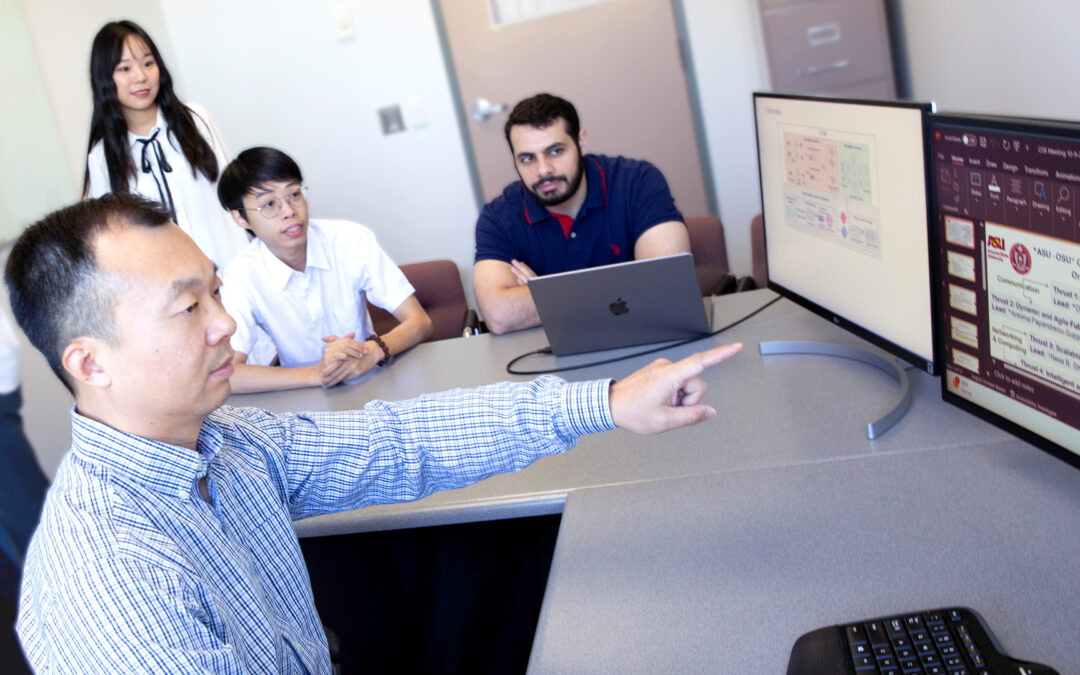The number of devices using wireless communications networks for telephone calls, texting, data and more has grown from 336 million in 2013 to 523 million in 2022, according to data from U.S. wireless communications industry representative group CTIA. As the number of devices increases, wireless providers face increasing risks of slowed down network speeds and unreliable service.
Wireless communications devices operate on a limited set of radio frequencies, which aren’t enough to go around for an increasing number of users. Network providers have an emerging technological trick to overcome the limitation known as dynamic spectrum sharing, or DSS.
DSS uses automated technology known as a spectrum access system, or SAS. The technology uses a combination of dedicated spectrum sensors deployed over large geographic areas and smaller crowdsourced sensors integrated into consumer electronics to gauge usage levels of existing frequencies. SAS then chooses one for a device to use that will keep wireless communications flowing efficiently.
“Picture the wireless spectrum as a vast network of roads, with devices acting as various vehicles traversing these paths,” says Yanchao Zhang, a professor of electrical engineering in the Ira A. Fulton Schools of Engineering at Arizona State University. “Spectrum sensors in wireless communications infrastructure and electronic devices function like traffic monitoring devices, gauging the flow of data across specific segments of this electronic highway. Just as traffic sensors placed along roads collect information on vehicle movements at various points, these spectrum sensors are instrumental in assessing the wireless ‘traffic’ in their geographic areas.”
Zhang, a faculty member in the School of Electrical, Computer and Energy Engineering, part of the Fulton Schools, says feedback from the crowdsourced spectrum sensors, which are integrated into DSS-capable smartphones and other wireless devices, collect data similar to how map apps submit GPS data to update traffic conditions. Due to their wide distribution and lack of strong security, both dedicated and crowdsourced spectrum sensors present a problem, despite being necessary for full uptake of DSS systems: They’re a weak spot hackers can exploit to wreak havoc on wireless networks.
Zhang aims to bolster DSS systems’ defenses against would-be troublemakers — thus solving security issues by developing an artificial intelligence-powered SAS he calls TrustSAS.
